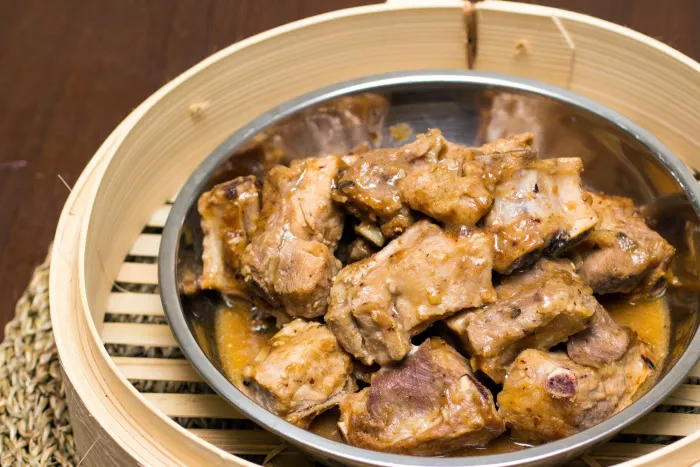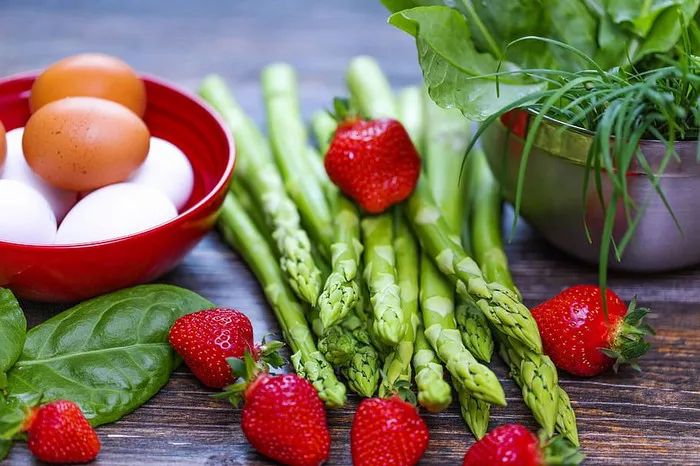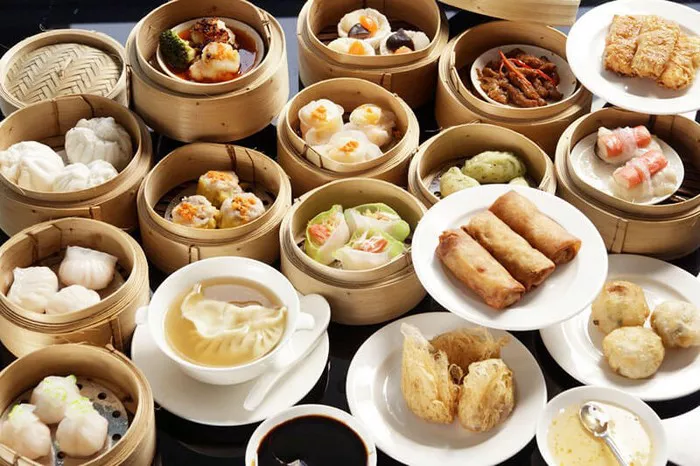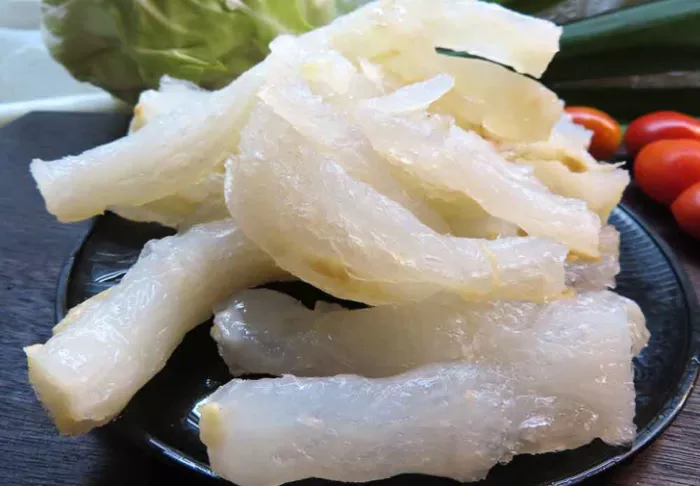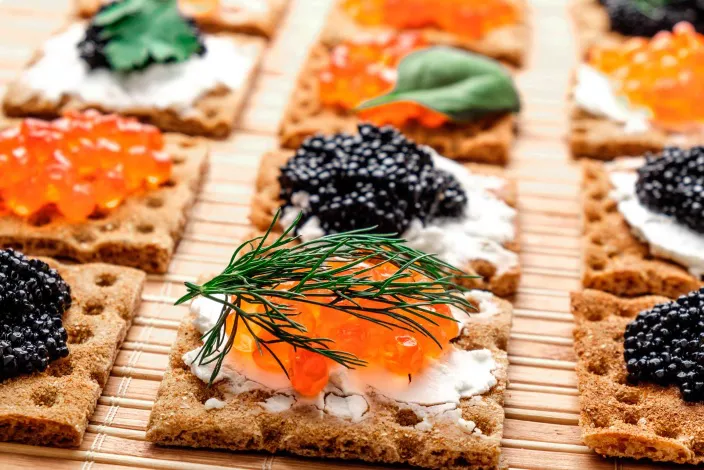Chinese cuisine boasts a rich tapestry of flavors and cooking techniques, and one dish that stands out for its succulence and taste is steamed spare ribs. Whether you’re a fan of dim sum or simply looking to expand your culinary repertoire, learning how to prepare steamed spare ribs Chinese style is a rewarding endeavor. In this comprehensive guide, we will explore the art of crafting tender and flavorful Chinese-style steamed spare ribs, from selecting the right ribs to mastering the marinade and perfecting the steaming process.
Choosing the Perfect Spare Ribs
The foundation of any great dish is the quality of its ingredients. When it comes to preparing Chinese-style steamed spare ribs, selecting the right ribs is crucial. Opt for pork spare ribs, which are known for their rich flavor and ideal meat-to-fat ratio. Look for ribs with a balance of lean meat and a thin layer of fat. Freshness is key, so choose ribs that are pinkish-red in color with a minimal amount of moisture or liquid in the packaging.
Preparing the Ribs
Once you’ve procured your spare ribs, it’s time to prepare them for steaming. Begin by rinsing the ribs under cold running water to remove any bone fragments or debris. Pat them dry with paper towels and place them on a cutting board. To make them easier to handle and more presentable, consider cutting the ribs into smaller, bite-sized pieces. This not only enhances the overall aesthetic but also allows for faster and more even cooking.
Marinating the Spare Ribs
The secret to flavorful Chinese-style steamed spare ribs lies in the marinade. A well-balanced marinade infuses the meat with a harmonious blend of sweet, savory, and umami flavors. Here’s a basic marinade recipe to get you started:
2 tablespoons of light soy sauce
1 tablespoon of oyster sauce
1 tablespoon of Shaoxing wine (Chinese rice wine)
1 teaspoon of sugar
1 teaspoon of sesame oil
1 teaspoon of minced garlic
1 teaspoon of minced ginger
A pinch of white pepper
Combine all these ingredients in a bowl and mix thoroughly. The light soy sauce adds saltiness, the oyster sauce provides a rich, savory note, and the Shaoxing wine imparts depth of flavor. The sugar balances the saltiness, while the sesame oil, garlic, ginger, and white pepper add aromatic complexity. Adjust the quantities to suit your taste preferences. Once you’ve made the marinade, toss the ribs in it, ensuring they are well-coated. Cover the bowl and refrigerate the marinated spare ribs for at least 30 minutes, allowing the flavors to meld.
Adding Optional Flavor Enhancements
While the basic marinade is delicious on its own, you can customize your Chinese-style steamed spare ribs with additional flavor enhancers. Here are some popular options:
Fermented Black Beans: Add a tablespoon of mashed fermented black beans to the marinade for a deep, earthy flavor.
Chili Paste: If you enjoy some heat, a teaspoon of chili paste or chili oil can give your ribs a spicy kick.
Hoisin Sauce: For a hint of sweetness and complexity, incorporate a tablespoon of hoisin sauce into the marinade.
Five-Spice Powder: A pinch of Chinese five-spice powder can infuse your ribs with warm, aromatic notes of star anise, cloves, cinnamon, fennel, and Sichuan peppercorns.
Experiment with these additions to create a flavor profile that suits your palate.
Preparing the Steaming Setup
Chinese-style steamed spare ribs are traditionally prepared using a bamboo steamer, but a metal or heatproof ceramic steamer will work just as well. Ensure your steamer is clean and free from any lingering odors. Line the steamer trays or plates with parchment paper or lettuce leaves to prevent the ribs from sticking and to add an extra layer of flavor.
Steaming the Spare Ribs
The steaming process is where the magic happens, transforming your marinated spare ribs into tender, succulent morsels. Here’s how to steam them to perfection:
Fill a large wok or deep pan with water, making sure the water level is below the steamer’s tray or plate. Bring the water to a gentle boil over medium-high heat.
Place the marinated spare ribs on the parchment paper or lettuce leaves, ensuring they are evenly spaced and not overcrowded. Overcrowding can lead to uneven cooking.
Carefully place the steamer over the wok or pan, ensuring it fits snugly. Cover the steamer with its lid, or if you’re using a makeshift steaming setup, use a lid or aluminum foil to cover the top securely.
Steam the spare ribs over medium heat for approximately 15-20 minutes. The exact time may vary depending on the size of your rib pieces and the intensity of your heat source. To check for doneness, insert a chopstick or skewer into a rib piece; if it goes through easily and the meat is no longer pink, the ribs are ready.
Garnishing and Serving
Chinese-style steamed spare ribs are traditionally garnished with chopped fresh cilantro and thin strips of red chili pepper. The vibrant colors and fresh, aromatic flavors complement the dish beautifully. Arrange the garnishes on top of the ribs just before serving.
For an extra layer of texture, consider adding toasted sesame seeds or chopped scallions as garnishes. The sesame seeds provide a nutty crunch, while the scallions add a mild oniony note.
Variations and Adaptations
While the classic Chinese-style steamed spare ribs are a crowd-pleaser, you can experiment with variations to suit your taste preferences or dietary restrictions:
Healthy Twist: Replace the pork spare ribs with leaner cuts of meat such as chicken breast or turkey. You can also use tofu for a vegetarian option.
Asian Fusion: Combine elements of Chinese cuisine with flavors from other Asian cuisines. For instance, incorporate Thai basil and lemongrass for a Thai-inspired twist.
Sweet and Sticky: If you enjoy a sweet glaze, drizzle a mixture of honey and soy sauce over the ribs during the last few minutes of steaming for a glossy finish.
Herbal Infusion: Enhance the marinade with Chinese herbs like goji berries, red dates, or dried tangerine peel for added depth and complexity.
Pairing with Complementary Dishes
Chinese-style steamed spare ribs make an excellent addition to a larger meal or can be served as part of a dim sum spread. Consider pairing them with other complementary dishes such as:
Steamed Dumplings: Dim sum favorites like har gow (shrimp dumplings) or shumai (pork dumplings) pair beautifully with spare ribs.
Sticky Rice: Steamed glutinous rice with Chinese sausage, mushrooms, and dried shrimp is a classic dim sum dish that harmonizes with spare ribs.
Vegetable Stir-Fry: A medley of stir-fried vegetables with a light sauce can provide a refreshing contrast to the savory richness of spare ribs.
Egg Custard Tarts: End your meal on a sweet note with these delectable custard tarts, a favorite dessert in Chinese cuisine.
Conclusion
Mastering the art of Chinese-style steamed spare ribs allows you to savor the authentic flavors of Chinese cuisine in the comfort of your home. By choosing the right ribs, crafting a flavorful marinade, and executing the steaming process with precision, you can create a dish that delights both your taste buds and those of your guests.

